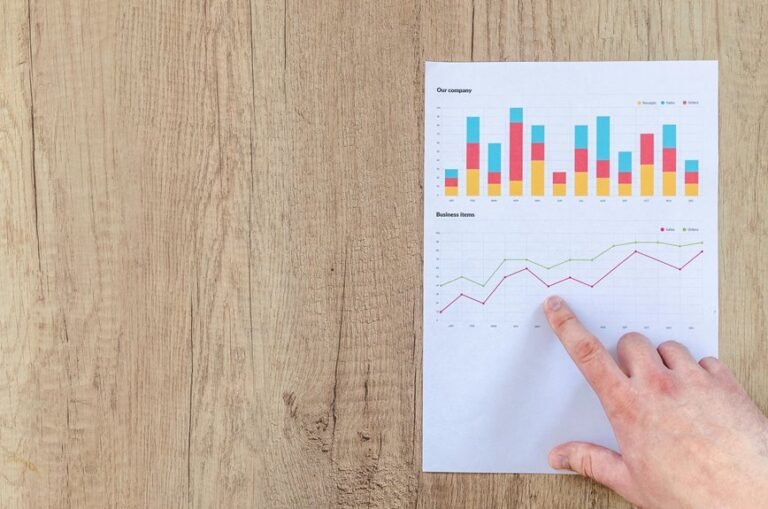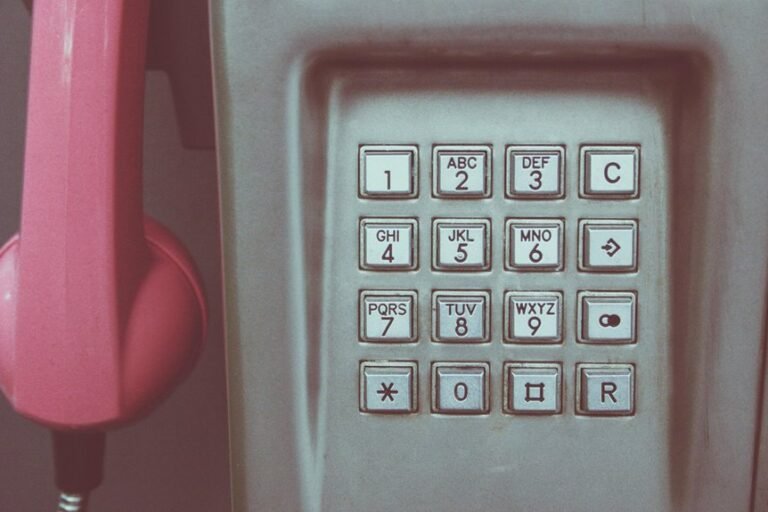Business Support Line – Verify Calls From 8064124477, 7155021389, 9189216770, 6786790018, 7326672713, 4696638088
The rise of unsolicited calls from numbers such as 8064124477 and 7155021389 raises concerns about potential scams. These calls often employ high-pressure tactics, prompting individuals to divulge sensitive information. Utilizing caller identification tools can help assess the legitimacy of these numbers. However, understanding the best practices for responding to unknown callers remains crucial. What strategies can businesses implement to safeguard against these threats?
Identifying Potential Scams
How can one discern the authenticity of a call amid the rise of potential scams?
Effective scam awareness hinges on robust caller identification. Individuals should scrutinize unfamiliar numbers, seeking patterns typical of fraudulent calls.
Verifying the caller’s intent through direct inquiries can mitigate risks. Maintaining vigilance against red flags, such as high-pressure tactics or unsolicited requests, fosters a more secure communication environment.
Tools for Call Verification
Utilizing advanced tools for call verification enhances the ability to distinguish legitimate calls from potential scams.
Call tracking systems and verification apps provide users with essential data, such as caller identity and location.
These tools enable individuals to assess the authenticity of incoming calls quickly, promoting informed decisions and safeguarding personal information.
Ultimately, empowering users in their quest for freedom from unwanted disturbances.
Best Practices for Responding to Unknown Calls
In an era where call verification tools bolster the ability to identify legitimate communications, knowing how to respond to unknown calls remains paramount.
Practicing proper call etiquette, individuals should remain calm, avoid disclosing personal information, and assess the caller’s intent.
Additionally, handling interruptions from unknown callers with discretion can minimize disruptions while ensuring privacy and security in communication practices.
Conclusion
In conclusion, verifying calls from suspicious numbers is essential for safeguarding personal and business information. By employing caller identification tools, utilizing call verification apps, and remaining vigilant against high-pressure tactics, individuals can protect themselves from potential scams. Awareness fosters security, diligence ensures safety, and verification promotes trust. Ultimately, a proactive approach to handling unknown calls not only safeguards privacy but also preserves the integrity of professional communications, reinforcing the importance of vigilance in today’s digital landscape.







